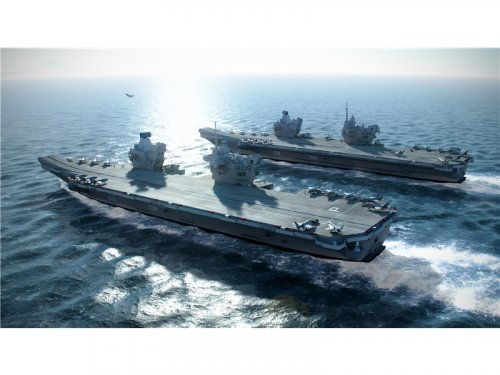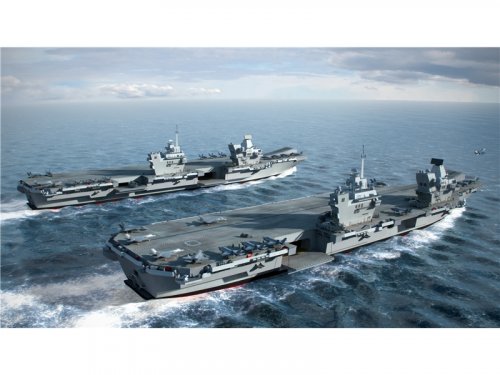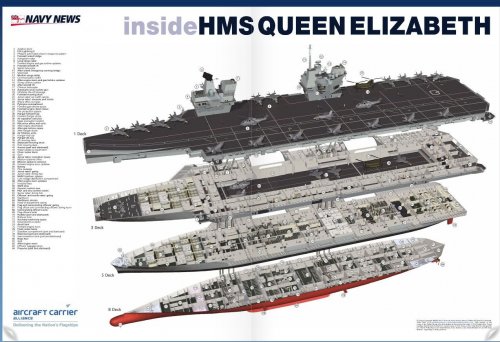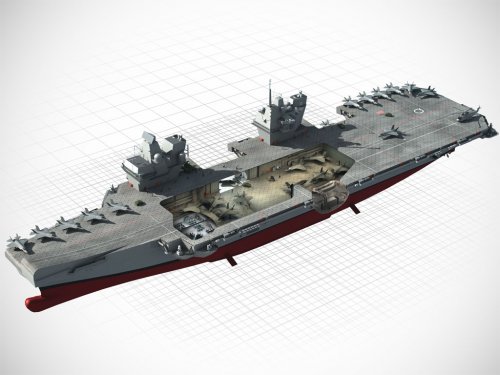This story will run for some time, but a few things will make it a constant point of controversy:
1. The idea of the RAF becoming a 'joint' force, operating from the carrier (not plural, see next point!) is very unlikely.The fate of the Harriers bears this out. The RAF has always defaulted to its land based 'strategic airpower' raison d'etre, over carrier airpower. The carrier 'holiday' will reinforce this argument.
2. Only having one F-35C capable carrier makes little sense, as it means that for much (or most) of the time land based F-35C's will be needed in any sudden crisis (carrier on other side of globe/in refit etc.). So the justification for keeping one carrier is undermined by the need to have the land-based alternative kept 'at readiness'. The UK/French carrier sharing idea is a fig leaf for the 'one carrier' failings of both nations. The operational complexities of different aircraft/crews/cultures will make cross-deck ops very hard to do in a useful way.
3. Building two big carriers, one fixed wing capable, but only having a core of twelve F-35Cs, and the other vertical flight capable (helicopters only it seems), and put into storage, makes even less sense. Twice the spend, less than half the capability. For moving marines and helos, the Italian Cavour would make more sense, and cost less to build and operate. As the whole 'design for 50 years' case is made for the carriers, operating costs over 50 years really will count, and a smaller ship would be cheaper.
4. STOVL has advantages noted in many places, such as sortie rates, flexible basing, no need for tanking support etc. that do offset range advantages for CTOL aircraft. Libyan ops have shown this, with no US super carrier but USMC Harriers operating off USS Kearsage, a lot closer to Libya than the RAF in Sicily. Thorvic is right that this shows carriers make sense, but you need a workable fleet of carriers to give you this option. The UK is not planning for a workable fleet, and IMHO only STOVL can give them one, if only because land-based crews can get to sea with minimal training through STOVL.
Of course, all this harks back to 1964-66, with the RAF's Phantoms to be 'carrier capable' to bolster the RN. Soon seen as impractical. Only the Sea Harrier/Harrier combo has ever shown how a land-based air force can work at sea.





